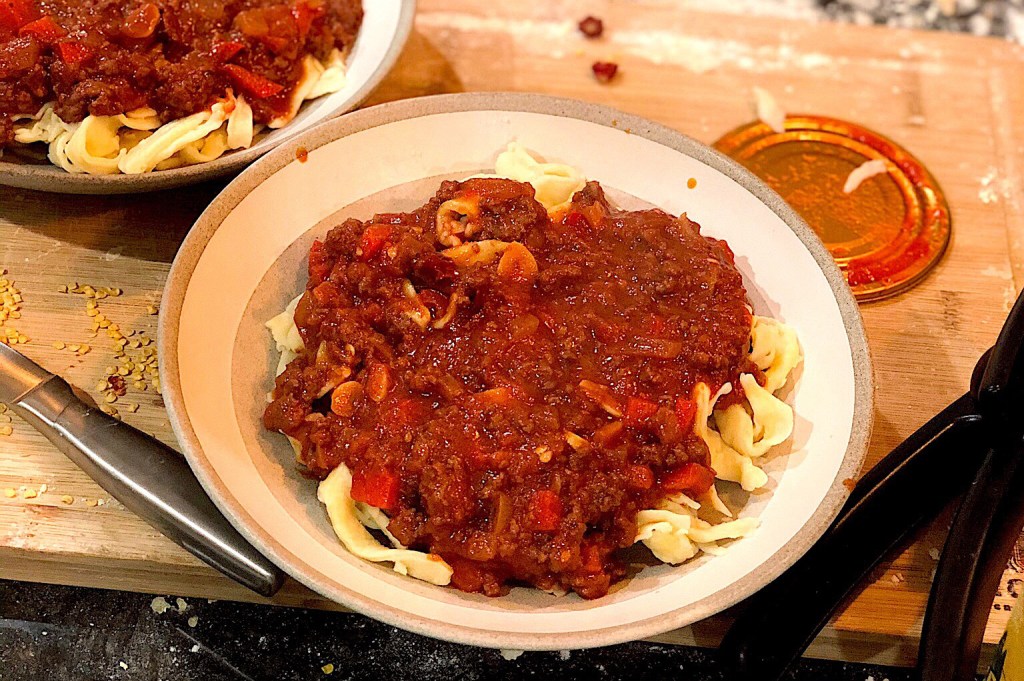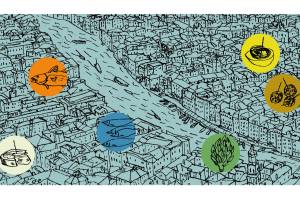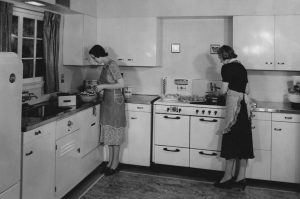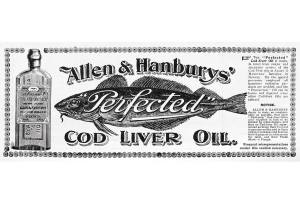Olive Garden’s ‘Never Ending Pasta’ promotion, I’ve come to believe, is an accelerationist ploy. For about $11, you can engorge yourself with your pasta of choice, paired with your selection of a sauce, many of which catch the American eye with the adjective ‘creamy’ or ‘five cheese.’ Authenticity is an afterthought in the fever dream that is ersatz ethnic dining in endless proportions. And with $100 and a bit of luck, you could have purchased a ‘Never Ending Pasta’ pass — the 24,000 winners of this pass can indulge in the creamiest pasta with the crispiest toppings for nine weeks, unlimited. They can eat their weight in pasta without ever having to see the bottom of their ceramic dish staring back at them.
But pasta, like all good things, should come to an end.
Culinary reactionaries should find that the time is ripe to resist such ostentatious displays of glut, but you can go one step further than ordering off the skinny menu or meticulously counting calories. To know pasta, the art that gave Sophia Loren her joie de vivre, you must toil over it. To counter the promises of endless, bottomless, unlimited, and immortal proportions that American restaurants make, you need only eggs, flour, and your hands. In creating pasta, attaining satisfaction is not as Sisyphean as it is at Olive Garden. Noodles are no longer just a vessel for creamy, four-cheese sauce, nor are they ancillary to a dish.
Making pasta — really making it — is a kitchen miracle. From dust, God created Adam. From flour, regenerative like Adam’s rib, one person can create the silkiest linguine or fettuccine, adding more for a higher yield. The spectacle of pasta is not when it’s finished, it’s before it’s even born. Pasta all’uovo, or egg dough pasta, is the simplest iteration for non-machines. The pasta maker assumes the role as architect, erecting the Citadel of Aleppo with flour, the fortress high enough to contain the several eggs cracked into the center. (Italian cooks will call this the fontana, or fountain, but I’m Syrian, so it’s a medieval Levantine palace in my kitchen). With your hand, the pasta maker must now destroy her built creation for the greater good, almost like a reverse Genesis flood. The eggs and flour, in their coagulated ball after being combined and rested, are unbridled by the confines of a cardboard container on a grocery store shelf or the dismal hues of a pantry of stock in an industrial restaurant kitchen.

In such sanguine circumstances as a powdered white kitchen surface primed for the epicurean ballet that is pasta making, pasta can not help but be instilled with soul. Between the rolling of the dough, flattening it to your liking, gingerly cutting and sometimes folding, sprinkling with flour, hanging on a drying rack, you’ve assigned each noodle your precious time. If a machine is not at your aid to create uniform noodles, the noodles will each have their own character. Some will be plump, others dainty. Ravioli will be delicately crimped with a modest fork or hand utensil, each one demanding the pasta maker’s attention. Bonding with your food, and not allowing automation or the expedited nature of corporate food to interfere with the harmony of proportion and meaningful fulfillment that should come with meals occasionally (but less and less today), is both primitive and humbling.


Once boiled, the noodle is limber, supple, a body and shape that is predetermined by the cook as capable of best presenting a sauce. The physics of pasta, the curvature and geometry and its ability to hold sauces of varying viscosities, requires serious consideration. Pappardelle, broad pasta ribbons, can withstand a beef juggernaut. Angel hair, ethereal and fragile, can hold the gloss of olive oil.
What gets lost in endless pasta is the pasta itself, relegated to an indistinct means to an end. Pasta made by the hand, whether at a restaurant or at home, is finite, allowing us to see the product of our labor or that of the pasta maker once we’ve reached its end, a plate with a fine layer of residue staring back at us.



















